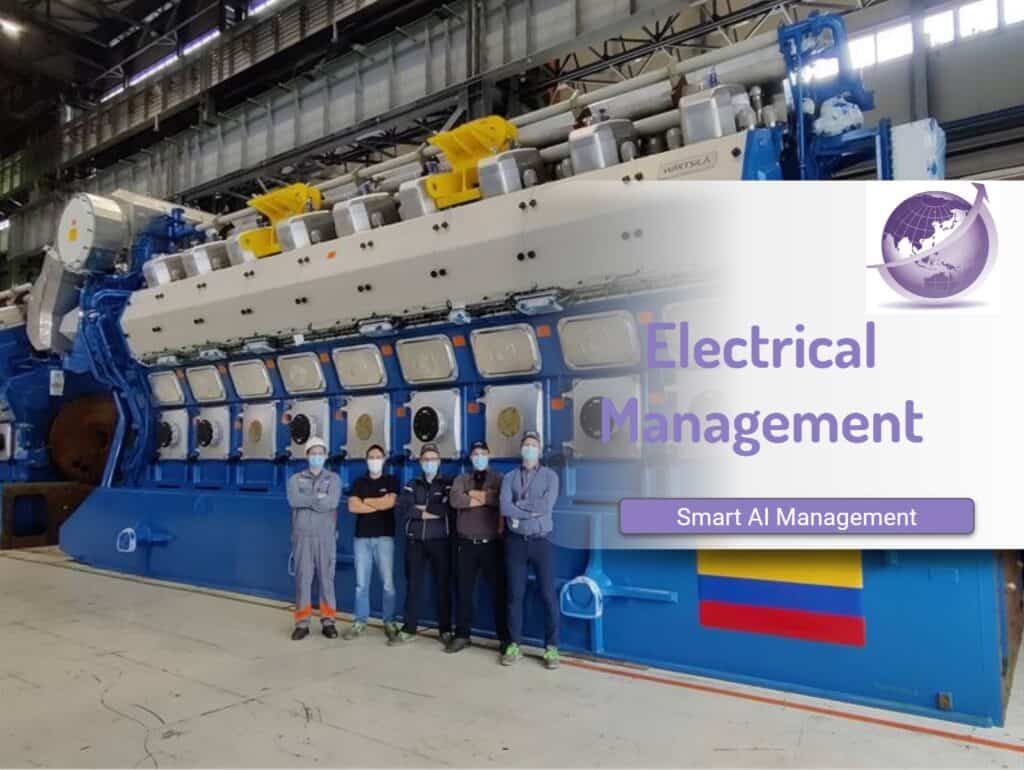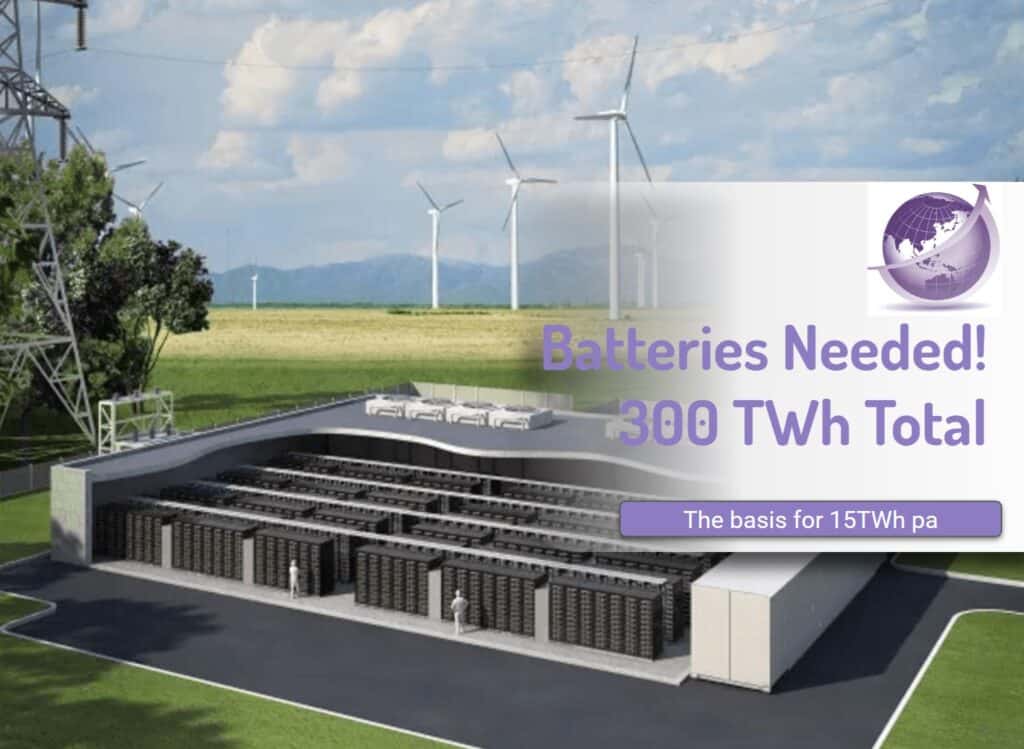Here are 25 factors in battery systems for EVs and Grids. Batteries seem simple—you purchase from the hardware store. Pop them into the TV remote, and everything works. This may be okay for AAA alkaline batteries, but is different from batteries used in EVs and grid electricity for homes or utilities.

Battery Components and Characteristics
- Electrolyte: The medium that allows ion movement between electrodes.
- Electrodes: The positive (cathode) and negative (anode) components where electrochemical reactions occur.
- Separator: A porous membrane preventing direct contact between electrodes but allowing ion flow.
- Case/Packaging: The container holding the battery components.
- Terminals: Connections for external circuits.
- Chemistry: The specific chemical reactions powering the battery (e.g., lithium-ion, lead-acid).
- Capacity: The amount of energy a battery can store.
- Voltage: The potential difference between the electrodes.
- Cycle Life: The number of charge-discharge cycles a battery can endure before its capacity significantly declines.
- Self-Discharge: The loss of charge over time without external use.
Battery Management System (BMS)
- Voltage Monitoring: Tracking the voltage of individual cells and the entire battery pack.
- Temperature Monitoring: Measuring the temperature of the battery to prevent overheating or undercooling.
- State of Charge (SOC) Estimation: Calculating the remaining charge in the battery.
- State of Health (SOH) Estimation: Assessing the overall condition and degradation of the battery.
- Balancing: Ensuring all cells in a battery pack are charged or discharged evenly.
- Protection: Implementing safety features to prevent overcharging, overdischarging, short circuits, and thermal runaway.
Manufacturing Processes
- Cell Fabrication: Assembling the individual battery cells.
- Cell Testing: Evaluating the performance and quality of each cell.
- Pack Assembly: Combining multiple cells into a battery pack.
- Quality Control: Implementing rigorous testing and inspection procedures throughout the manufacturing process.
Operation and End-of-Life
- Charging: Recharging the battery using appropriate methods and equipment.
- Discharging: Using the stored energy for various applications.
- Recycling: Recovering valuable materials from end-of-life batteries.
- Disposal: Safely disposing of battery components that cannot be recycled.
- Reuse: Reusing batteries in lower-demand applications or as energy storage for grid stabilization.
References
- Kendall, Alissa & Dayemo, Kristi & Helal, Nadiyah & Iskakov, Galym & Pares Olguin, Francisco & Slattery, Margaret & Fulton, Lewis. (2023). Electric Vehicle Lithium-ion Batteries in Lower-and Middle-income Countries: Life Cycle Impacts and Issues. 10.7922/G22Z13VD.









